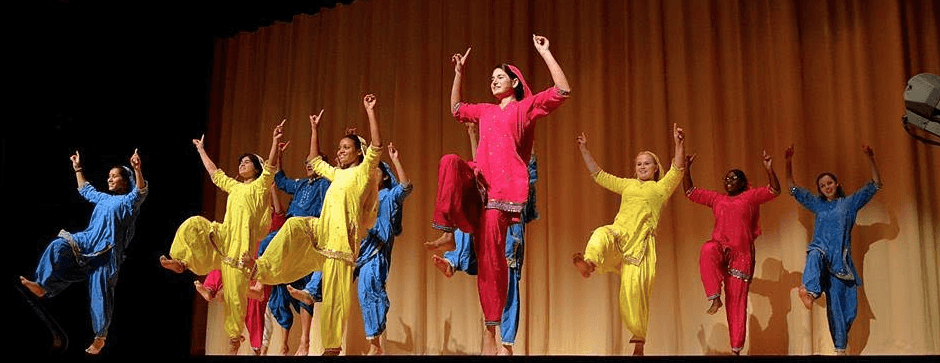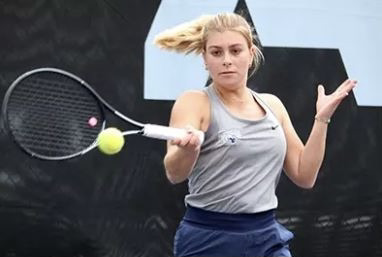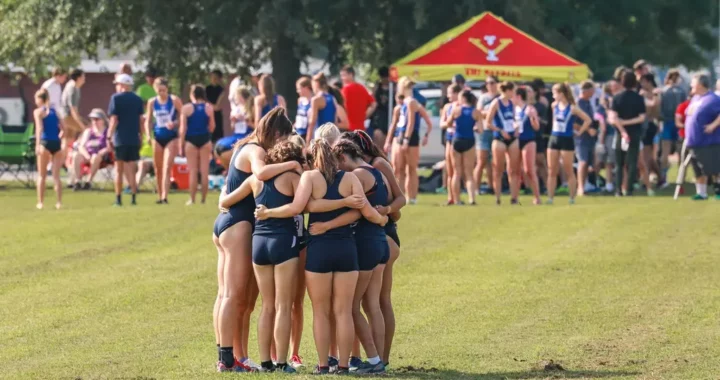UMW Dance clubs deserve to be recognized by sports communities
2 min read
UMW Eagle Bhangra Facebook
By STEPHANIE COOK
There has been a debate over what category dance falls under for years. The general public has typically viewed dance as a form of art, or as a physical activity, but never as a sport. While many dance classes are held in gym studios (UMW even boasts its own Zumba dance fitness program), why is there hesitation to refer to dance as a sport?
Dancers spend countless hours in studios rehearsing physically demanding routines before each performance. This is easily comparable to a typical sports team putting in hours of practice before each game. Both activities require a lot of practice before each game or performance.
According to senior Shobha Negi, a participant in Eagle Bhangra, Performing Arts Club, UMW Breakers and ASA’s Kpop Dance Team, “during prime competition/performance time [there may be] up to 17 hours of practice a week.”
The amount of time invested in dance is easily comparable to the time a typical athlete may put into their practices each week, averaging at almost 2 hours of practice each day.
According to junior Christine Ayad, a participant of Eagle Bhangra and PAC, each dance team has a different amount of time they meet each week. For example, “PAC has one-hour long practices each week for each dance, and Bhangra meets twice a week for 1.5 hours each practice.”
Ayad participated in four dances in PAC this semester, which brings her to a total of seven hours of dance each week.
Not only do dance teams meet frequently each week, but many dances involve a high amount of physical activity and may be physically demanding on the dancers.
“Prior to this semester, [I] just did PAC, which wasn’t as physically demanding, but Bhangra involves a lot of jumping and squatting, so it was much more physically demanding,” Said Ayad.“further into the semester, [performance] pieces [got] longer, and before competitions practice [was] more frequent, so [she] was sore a lot.”
Senior Taylor Richardson, a participant in UMW Breakers, agreed with this sentiment. “It was physically demanding when I first started, so I was sore a lot, and I still am [sore after practice] sometimes.”
With the evolving world of sports and what falls into the category of sports, it is amazing that dance has not been universally accepted into the genre. Cheerleading, which has now been generally accepted as a sport, has many of the same characteristics as dance and often includes a dance component in competition routines.
While dance may be solely interpreted as a form of art, it also meets the criteria to be called a sport according to the Google definition: “an activity involving physical exertion and skill in which an individual or team competes against another or others for entertainment.”
So be on the lookout for these newfound athletes at the next PAC show, Zumba class, or basketball game half time.


